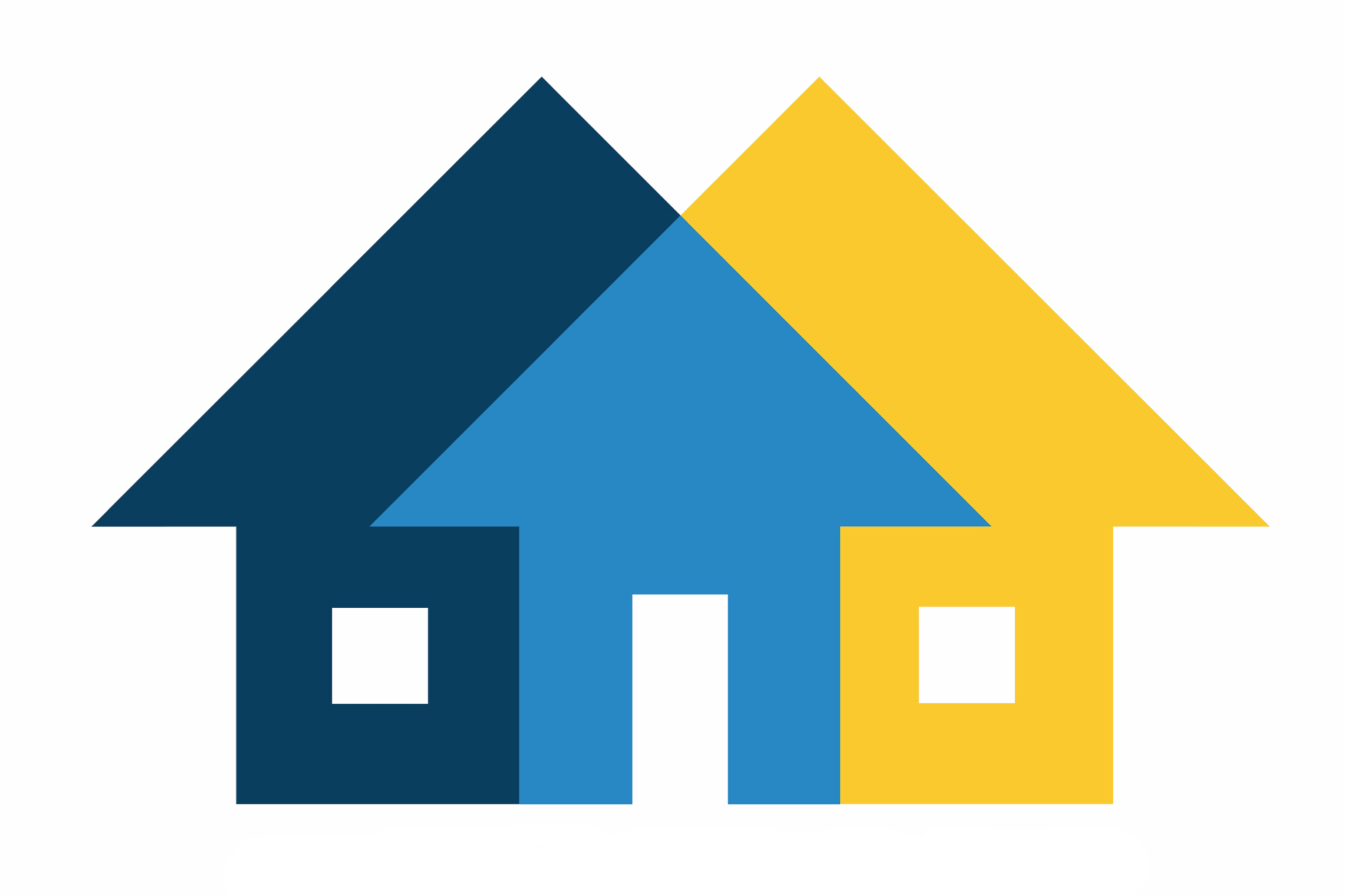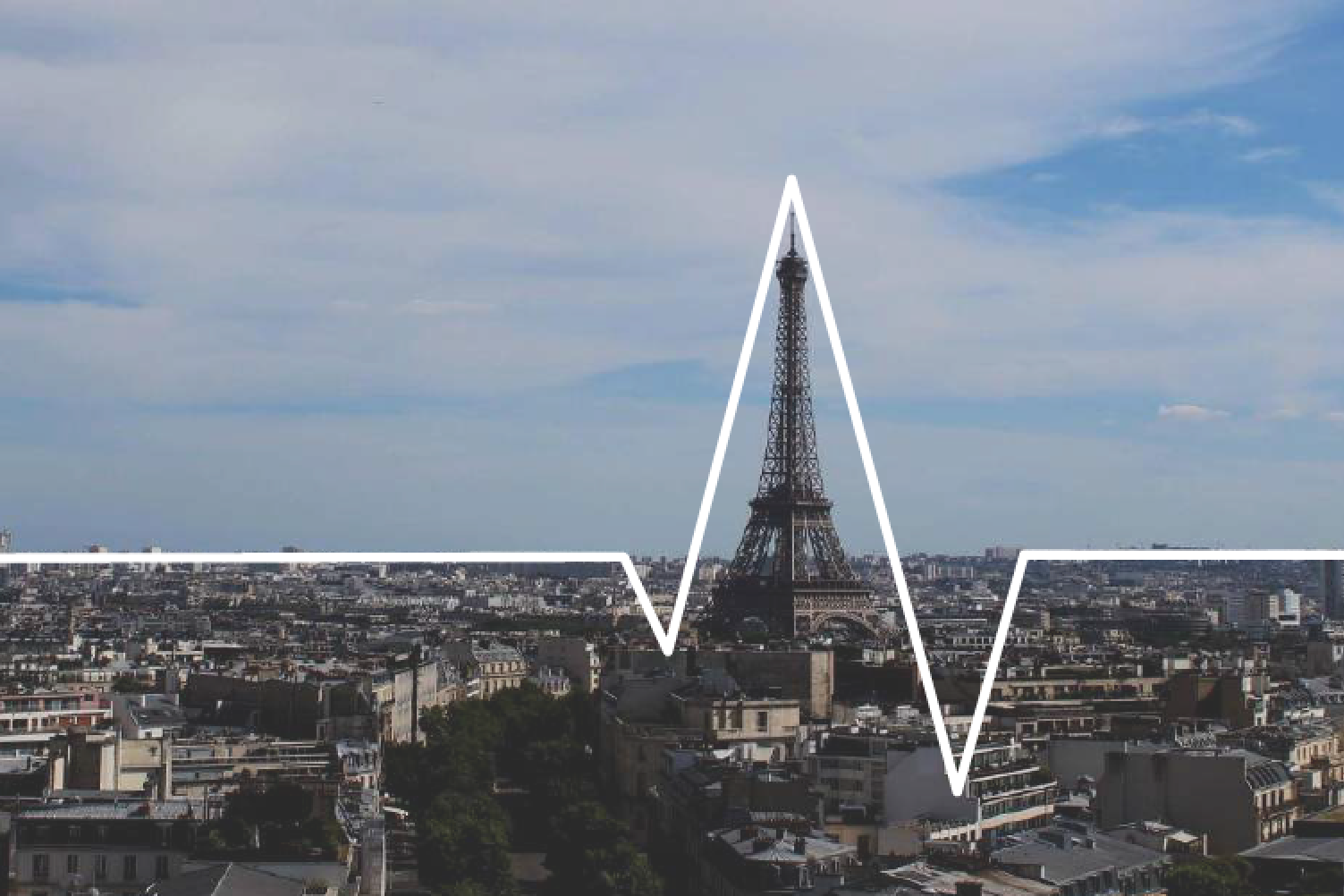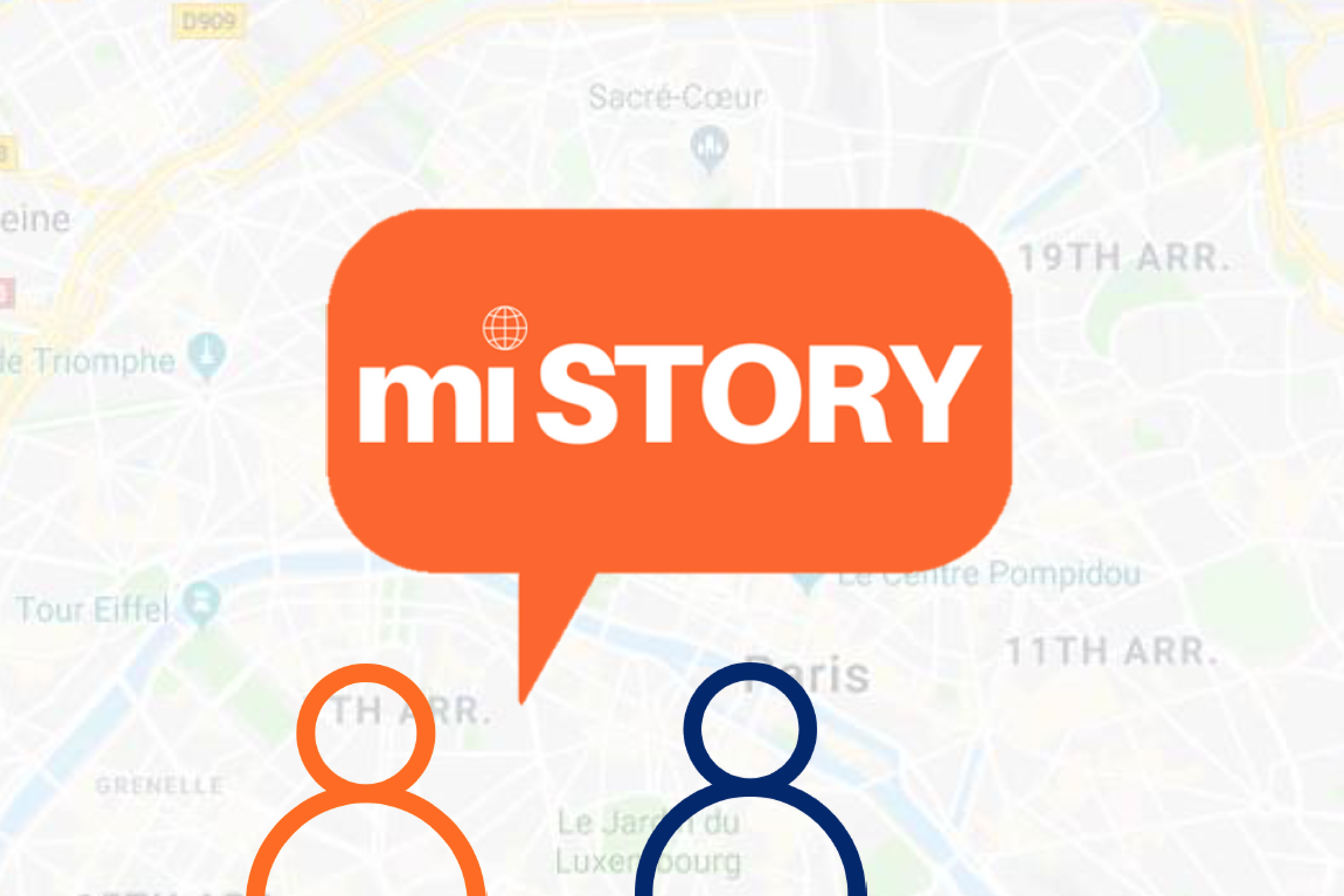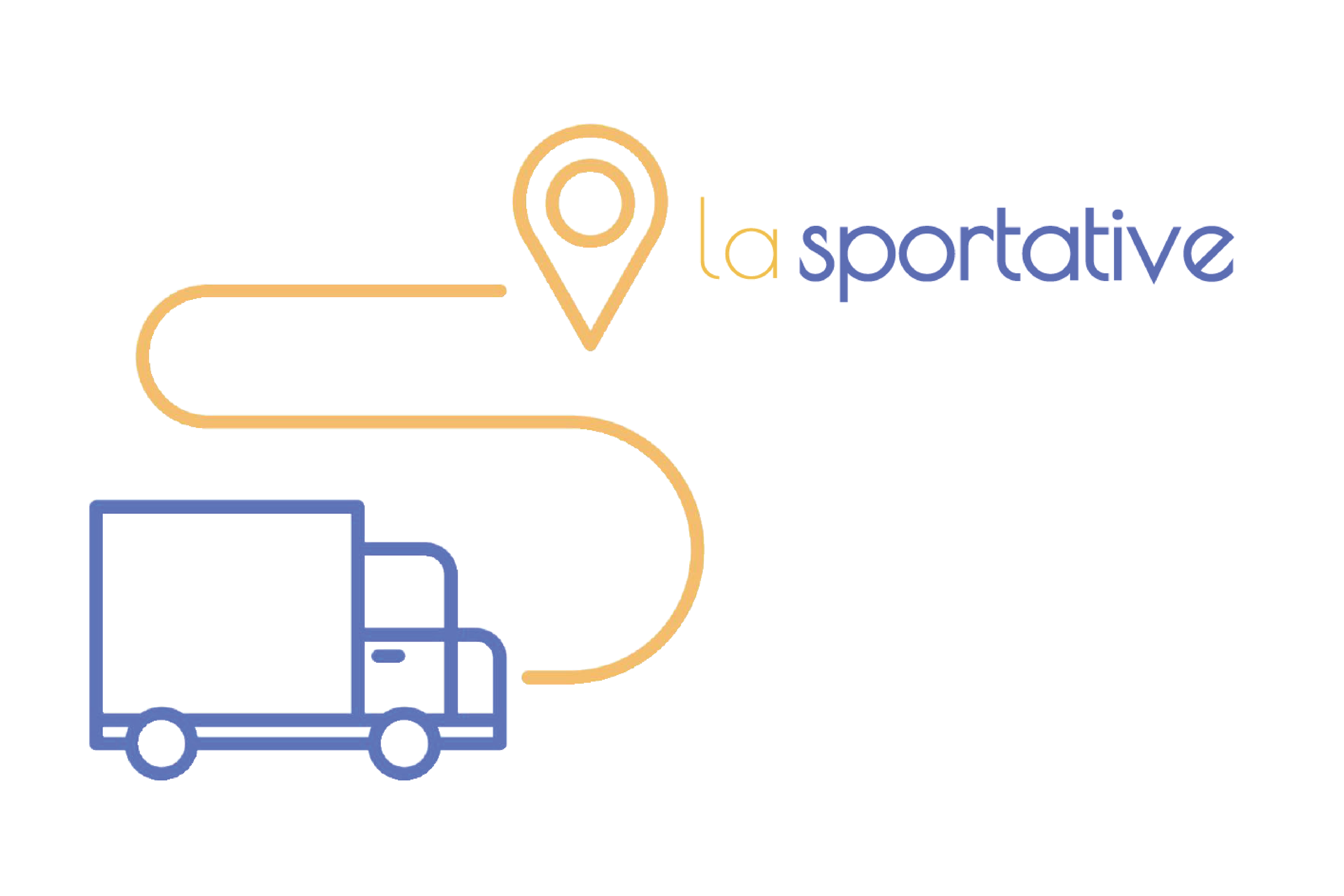Ensure healthy lives and promote well-being at all ages
- Reduce the global maternal mortality ratio to less than 70 per 100,000 live births.
- End preventable deaths of newborns and children under 5 years of age, with all countries aiming to reduce neonatal mortality to at least as low as 12 per 1,000 live births and under-5 mortality to at least as low as 25 per 1,000 live births.
- End the epidemics of AIDS, tuberculosis, malaria and neglected tropical diseases and combat hepatitis, water-borne diseases and other communicable diseases.
- Reduce by one third premature mortality from non-communicable diseases through prevention and treatment and promote mental health and well-being.
- Strengthen the prevention and treatment of substance abuse, including narcotic drug abuse and harmful use of alcohol.
- Halve the number of global deaths and injuries from road traffic accidents.
- Ensure universal access to sexual and reproductive health-care services, including for family planning, information and education, and the integration of reproductive health into national strategies and programmes.
- Achieve universal health coverage, including financial risk protection, access to quality essential health-care services and access to safe, effective, quality and affordable essential medicines and vaccines for all.
- Substantially reduce the number of deaths and illnesses from hazardous chemicals and air, water and soil pollution and contamination.
- Strengthen the implementation of the World Health Organization Framework Convention on Tobacco Control in all countries, as appropriate.
- Support the research and development of vaccines and medicines for the communicable and non-communicable diseases that primarily affect developing countries, provide access to affordable essential medicines and vaccines.
- Substantially increase health financing and the recruitment, development, training and retention of the health workforce in developing countries, especially in least developed countries and small island developing States.
- Strengthen the capacity of all countries, in particular developing countries, for early warning, risk reduction and management of national and global health risks.
1 Pour Tous
A vending machine containing first aid items, female hygiene products, and bathroom amenities whose profits are redirected towards providing hygienic care for the homeless, inspired by the DNA replication system.
Allume Paris
An exploratory, augmented reality game that brings the characters in Paris' street names to life, inspired by neural plasticity.
Bubblebox
A mobile and autonomous hygiene module available to migrants, refugees, and homeless people free of charge, inspired by the role of white blood cells in the immune system.
Equalettes
Low-cost and eco-friendly public toilets that provide a gender-equitable solution to the problem of public urination in Paris, inspired by the lysosomes in our cells.
HYPOT
A public health campaign for the subway pairing crowdsourced educational posters with innovative hygiene measures, inspired by hormone signaling.
Ma DécouVerte
An interactive app-based excursion designed for children and families to explore biodiversity in Paris, inspired by the protein channels in the cell membrane.
Maison des Saisons
A facility that operates as a homeless shelter in the winter and a youth hostel in the summer, operated by formerly homeless youth, inspired by the diurnal processes of CAM plants.
MetrX
An app that rewards users for their distance travelled on public transportation, inspired by the role of pheromones in ant colonies.
Mini Clinique
A medical kiosk that performs basic clinical metrics and virtually connects patients to doctors through teleconsultation, inspired by the lympatic system.
Pando
A funeral service that increases accessibility to alternative burial practices for Parisians, inspired by the mycorrhizal network that connects plants and fungi.
Paris Without Cars
Dynamic bike lanes that adapt to changing traffic patterns, inspired by veins and capillaries.
Salad Bowls sur Seine
A network of hydroponic islands with phytoremediative plants that purify the Seine, inspired by the nephrons and tubules of the kidney.
Sexpliquer
A truck and website offering educational resources about sexual health, inspired by the signaling cascade.






















